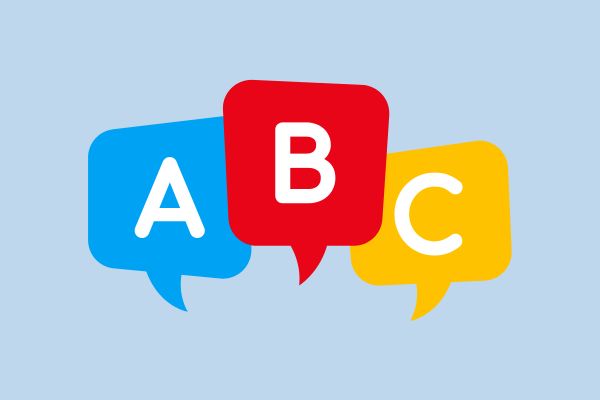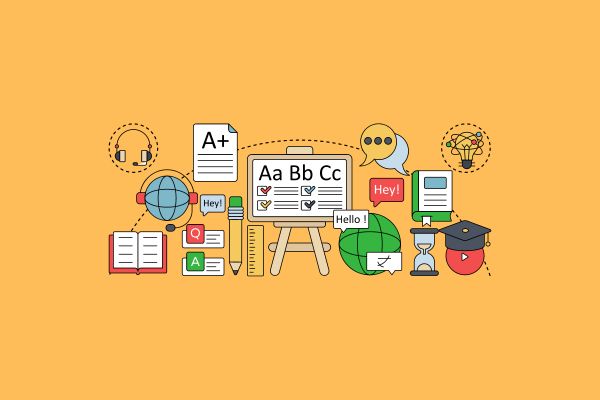What are Interjections?

Understanding Interjections
Interjections are words or phrases used to express sudden and strong emotions, reactions or attitudes. They often stand alone as independent utterances, disconnected from the grammatical structure of a sentence. Interjections are not bound by conventional rules of syntax and their usage relies heavily on context and intonation.
They serve as powerful tools for adding spontaneity and authenticity to language, allowing us to communicate our immediate emotional responses without the need for elaborate sentences.
Types of Interjections
Interjections come in various forms, each capturing a specific emotion, reaction or attitude. Let’s explore the different types of interjections and how they enrich our expressions:
1. Exclamatory Interjections
Exclamatory interjections convey strong emotions such as surprise, joy, excitement or pain.
Examples:
- Wow! That was an amazing performance!
- Ouch! That hurt!
2. Greeting Interjections
Greeting interjections are used to greet or acknowledge someone.
Examples:
- Hello! How are you today?
- Hi! Nice to meet you.
3. Parting Interjections
Parting interjections are used when saying goodbye or leaving.
Examples:
- Goodbye! Have a great day!
- Farewell! See you soon.
4. Approval Interjections
Approval interjections express agreement or approval.
Examples:
- Yes! I agree with you.
- Bravo! Well done!
5. Disapproval Interjections
Disapproval interjections convey disagreement or disapproval.
Examples:
- No! I can’t agree with that.
- Ugh! This food tastes terrible.
6. Relief Interjections
Relief interjections express a sense of comfort or release from tension.
Examples:
- Phew! That was a close call.
- Whew! I finally finished the project.
7. Surprise Interjections
Surprise interjections convey astonishment or shock.
Examples:
- Oh! I didn’t see you there.
- Ah! I understand now.
8. Regret Interjections
Regret interjections express feelings of sadness or disappointment.
Examples:
- Alas! I missed the opportunity.
- Oh no! I forgot my keys.
Functions of Interjections
Interjections perform various essential functions in language, allowing us to express emotions, reactions and attitudes with immediacy and authenticity.
1. Conveying Emotion
The primary function of interjections is to convey emotions and feelings.
Example:
Wow! That was an incredible performance.
2. Adding Emphasis
Interjections add emphasis to our expressions, highlighting the intensity of our emotions.
Example:
Ouch! That hurt so much!
3. Expressing Reaction
Interjections allow us to react quickly and spontaneously to situations.
Example:
Yay! We won the game!
4. Enhancing Realism
Interjections contribute to the realism and authenticity of dialogue and communication.
Example:
Ugh! I can’t believe I made that mistake.
5. Acknowledging Greetings and Farewells
Interjections serve as responses to greetings and farewells.
Example:
Hello! How are you today?
Common Mistakes with Interjections
While interjections are straightforward expressions of emotion, some common errors can occur in their usage. Let’s address these mistakes to ensure accurate and effective communication.
1. Incorrect Placement
Interjections should be placed appropriately in the sentence to maintain coherence.
Incorrect: That was, wow!, an incredible performance.
Correct: That was an incredible performance, wow!.
2. Avoiding Overuse
Using too many interjections in one conversation can sound unnatural.
Incorrect: Wow! That was amazing! And then, oh! We won! And, yeah! We had so much fun!
Correct: That was amazing! And then, we won! We had so much fun!
3. Considerate Usage
Be mindful of the appropriateness of interjections in formal or professional contexts.
Incorrect: Yay! The project is complete!
Correct: The project is complete.
Calling all law aspirants!
Are you exhausted from constantly searching for study materials and question banks? Worry not!
With over 15,000 students already engaged, you definitely don't want to be left out.
Become a member of the most vibrant law aspirants community out there!
It’s FREE! Hurry!
Join our WhatsApp Groups (Click Here) and Telegram Channel (Click Here) today, and receive instant notifications.





